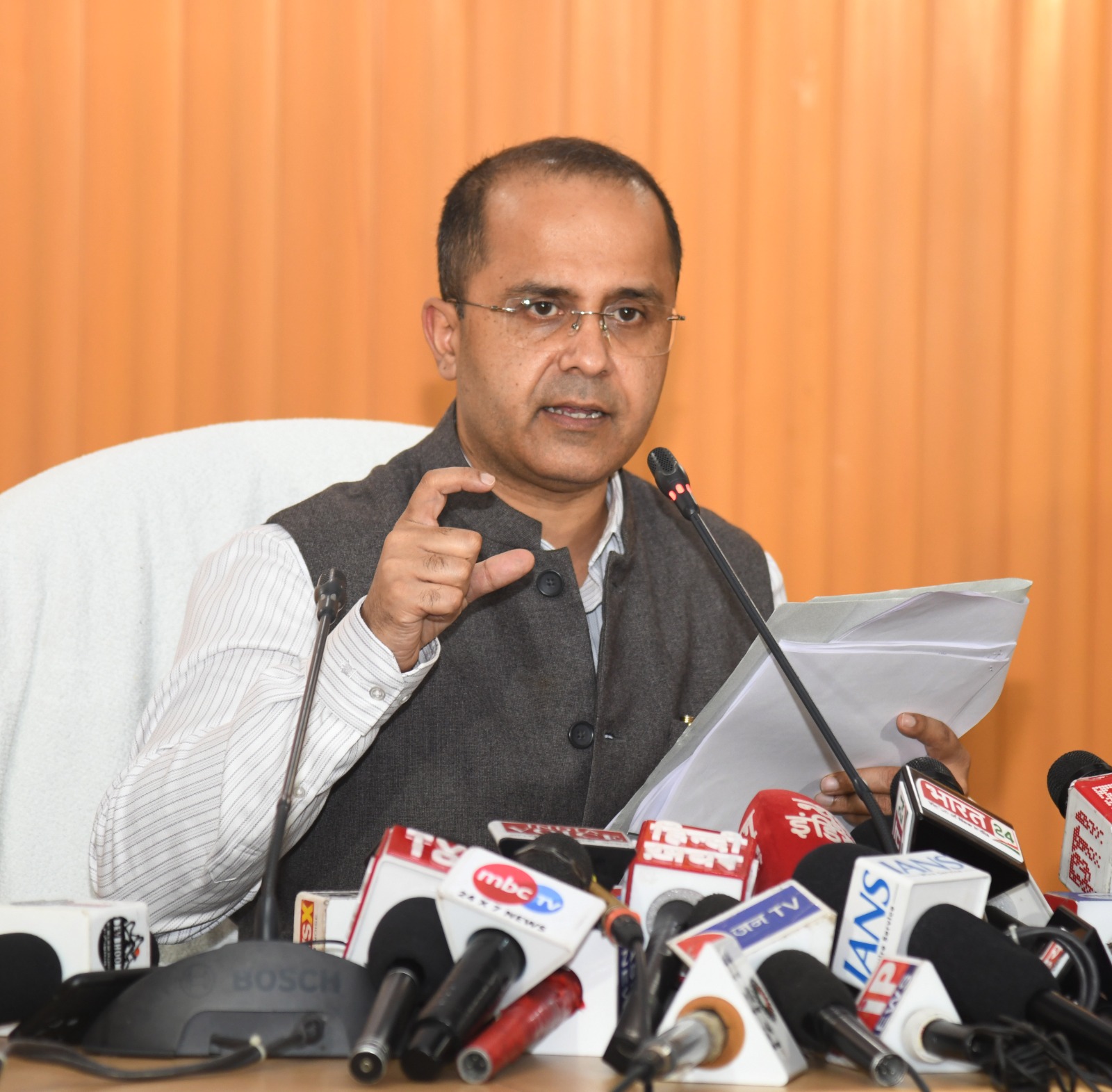DAINIK NATION BUREAU : In the wake of heavy rainfall wreaking havoc in certain regions, Prime Minister Narendra Modi has reached out to the Chief Minister of Uttarakhand, Pushkar Singh Dhami, to assess the damage caused by the downpour. With the monsoon season in full swing, several parts of the state have been affected by landslides, flash floods, and infrastructure damage. Modi’s proactive response demonstrates the government’s commitment to providing assistance and support to affected areas. In this article, we delve into the significance of Modi’s call to Dhami and the measures being taken to address the aftermath of the heavy rains.
Assessing the Damage: The heavy rains in Uttarakhand have resulted in significant damage to infrastructure, including roads, bridges, and buildings. Landslides and flash floods have also disrupted communication and transportation networks, leaving several remote areas cut off from essential services. The Prime Minister’s call to Chief Minister Dhami aims to gain first-hand information about the extent of the damage and the immediate needs of the affected regions.
Providing Assistance and Support:
Modi’s outreach to Dhami underscores the government’s commitment to providing timely assistance and support to those affected by the heavy rains. The Prime Minister has assured the Chief Minister that the central government stands ready to provide all necessary resources and aid in the relief and rehabilitation efforts. This includes deploying national disaster response teams, coordinating with local authorities, and ensuring the prompt delivery of relief materials, including food, water, and medical supplies, to affected areas.
Focus on Rescue and Rehabilitation: As the immediate priority is the safety and well-being of affected individuals, rescue and evacuation operations are underway in areas prone to landslides and floods. The combined efforts of the central and state governments, along with the involvement of local authorities and volunteers, are crucial in ensuring the swift and efficient evacuation of stranded residents. Additionally, efforts are being made to provide temporary shelter and basic amenities to those displaced by the heavy rains.
Long-Term Measures for Mitigation: While immediate relief is paramount, the focus also shifts to long-term measures for mitigating the impact of future heavy rainfall. This includes assessing the vulnerability of infrastructure and identifying areas that require reinforcement or redesign to withstand such weather events. Furthermore, the government aims to enhance early warning systems, promote sustainable land use practices, and invest in measures that reduce the risks associated with heavy rainfall and related disasters.
Community Resilience and Solidarity: During times of crisis, community resilience and solidarity play a crucial role. Local communities, non-governmental organizations, and volunteers have been actively engaged in rescue operations, providing aid, and supporting affected individuals and families. Their efforts, combined with government assistance, are essential in restoring normalcy and rebuilding the affected areas.
Prime Minister Narendra Modi’s call to Chief Minister Pushkar Singh Dhami to assess the damage caused by heavy rains in Uttarakhand demonstrates the government’s commitment to providing swift assistance and support to those affected. The collaboration between the central and state governments, along with community participation, highlights the collective efforts being made to address the aftermath of the heavy rains. As the rescue and relief operations continue, it is crucial to prioritize the well-being of affected individuals and focus on long-term measures to mitigate the impact of such natural disasters. By working together, the government and the people can restore normalcy and build a more resilient future for Uttarakhand.
 Dainik Nation News Portal
Dainik Nation News Portal

